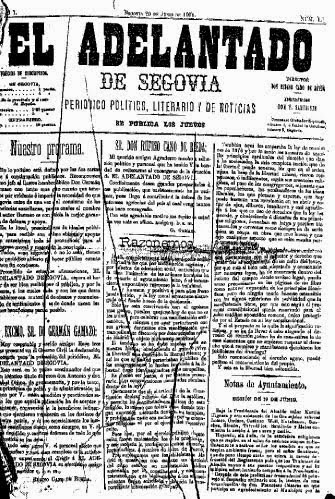The painter was Walter Richard Sickert, whose long life evenly bisected itself into the late 19th century and early 20th century, beginning in Munich and ending in Bath. He was very young when his family left Germany and he was educated in England - in King's College School, which has among its alumni Charles Dickens's son, Leopold de Rothschild, Dante Gabriel Rossetti . . . and a band member from Mumford and Sons. He dabbled in acting, then finally launched himself into art, passing through impressionistic and expressionistic phases — in my opinion he tried to be Turner here, Lucian Freud (or is that vice versa) there, possibly Toulouse-Lautrec there, etc., though rarely at a slavish level of imitation — and in general being considered as an avant-gardist.
Writers have conjectured that he was Jack the Ripper. Firstly the voracious speculation on said murderer seems tawdry, and secondly I doubt the plausibility (albeit in the absence of evidence pro or contra) of the Sickert surmise. In Sickert's defence the Wikipedia article turns the suggestions against him on their heads; it describes how his prolific affairs and fascination with crime like Jack the Ripper's seem to have inspired sympathy and indignation at the vulnerability of prostitutes' existences in him, which he also expressed in his work. He was, at any rate, on excellent terms with Winston Churchill; this is perhaps a sign of final respectability.
"Walter Sickert" [Wikipedia]
"King's College School" [Ibid.]
N.B.: Due to copyright I am not posting an illustration of Noctes Ambrosianae here.
***
IN 1934 Virginia Woolf published Walter Sickert: A Conversation in London.[N.B. In some countries, probably including mine — I'm crossing my fingers that this heavy quoting from it is fair use —, it is not copyright-free yet.] It is not a conversation with Sickert but rather a dinner party conversation between various observers about him; and their reflections delve into his use of colour, his approach to fleshing out characters and their situations, general parallels between the thematically ambitious and socially conscious painter and the thematically ambitious and socially conscious novelist, and class problems.
***
Illustration: Southwark Fair (1733-34), by William Hogarth
It is intended to be a cheerful scene, at least according to an early 19th century tome in which it appears and which states, "it is sufficient to remark that it presents us with an endless collection of spirited and laughable characters, in which is strikingly portrayed the character of the times." [via Wikimedia Commons]





